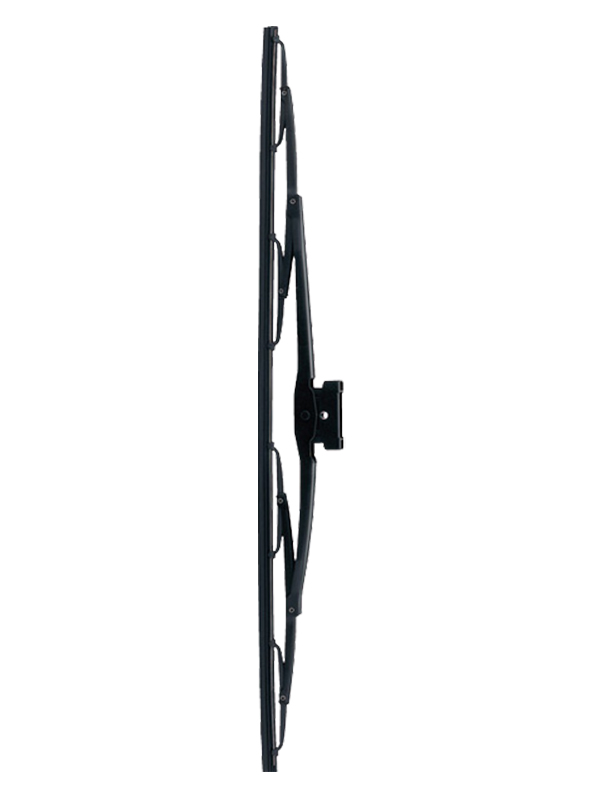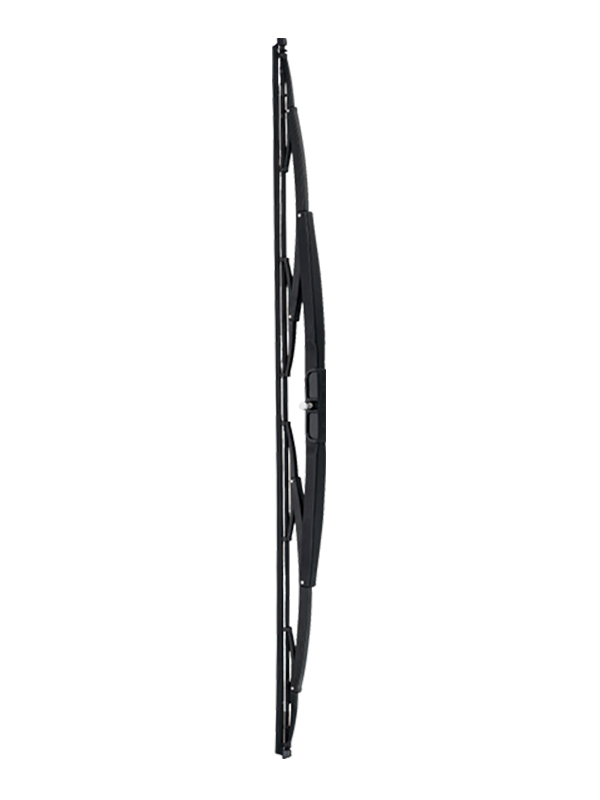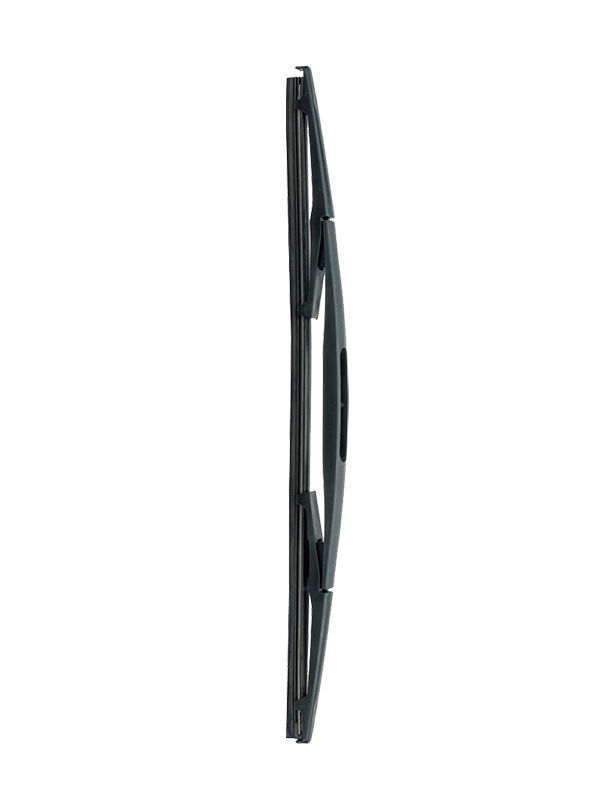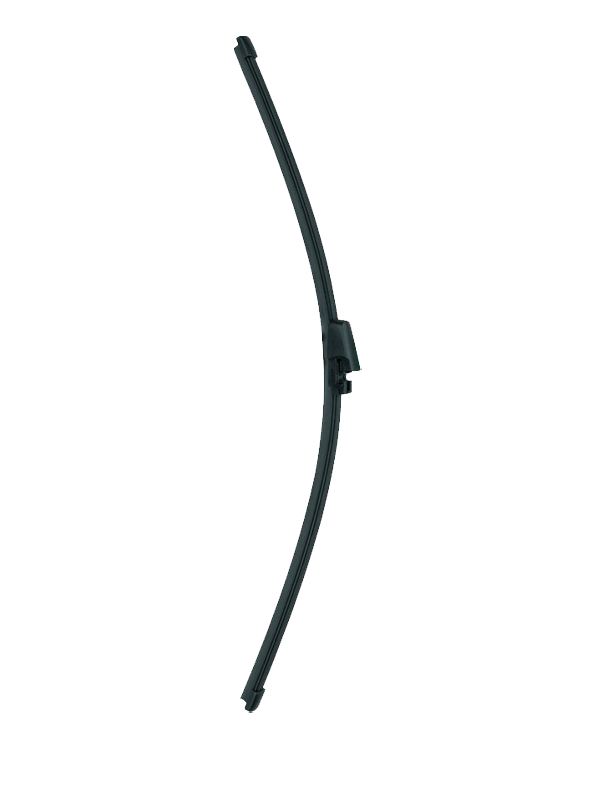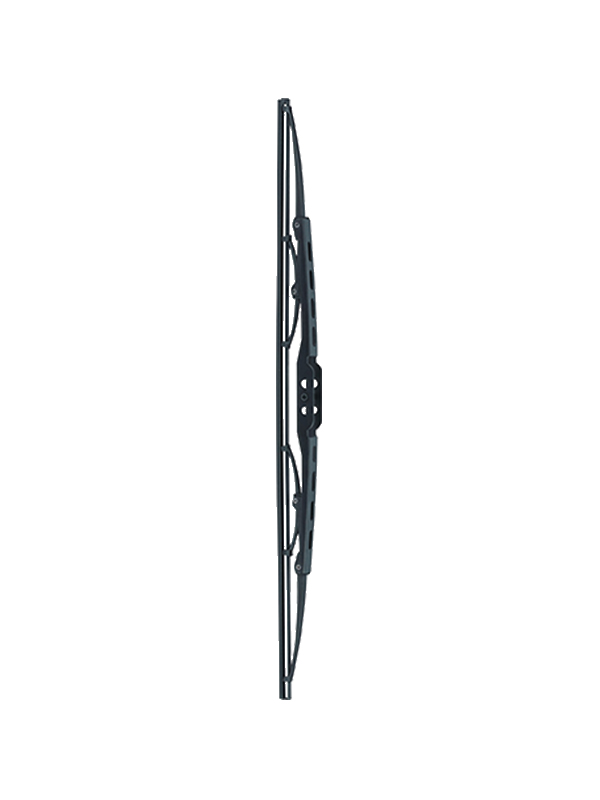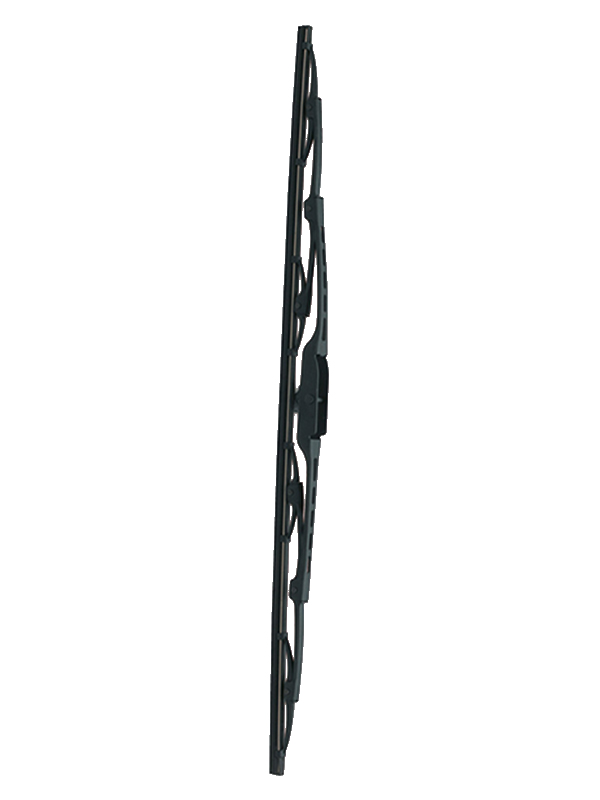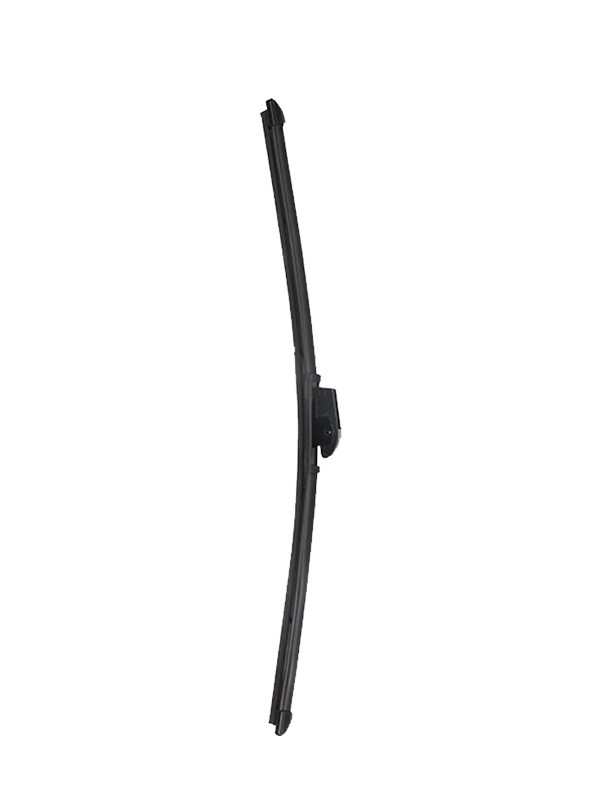Submit feedback
Rear wiper technology innovation: a new breakthrough in improving the cleaning efficiency of the rear window of the vehicle

With the continuous advancement of automobile design, the rear wiper, as an important component to ensure a clear view of the rear window of the vehicle, has received more and more attention for its technological innovation. Improving the cleaning efficiency of the rear wiper is not only directly related to driving safety, but also becomes the focus of competition in the automotive aftermarket.
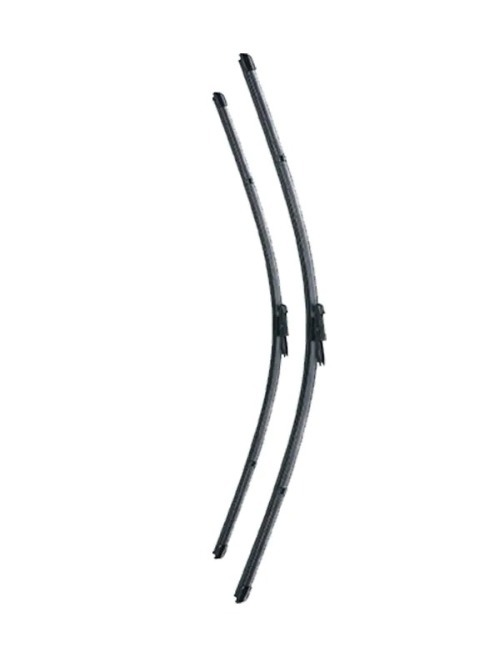
Material innovation improves the durability and wiping effect of the rear wiper
Traditional rear wipers mostly use rubber as the blade material. Although it has certain elasticity and wear resistance, it still has insufficient performance under extreme climatic conditions. In recent years, with the development of materials science, composite materials and nano-coating technology have begun to be applied to the field of rear wipers. The new composite rubber blade combines high elasticity and anti-aging properties, effectively extending the service life of the wiper.
In addition, nano-coating technology forms a super-hydrophobic layer on the surface of the blade, significantly reducing water droplet residue and improving wiping efficiency. Material innovation not only enhances the adaptability of the rear wiper to different road conditions and weather environments, but also greatly reduces noise and friction, improving the overall user experience.
Intelligent control system promotes rear wiper function upgrade
With the development of automobile intelligence, intelligent control technology is gradually integrated into the design of rear wiper. By integrating rain sensor and environmental perception module, the rear wiper can automatically sense the rain and intelligently adjust the wiping frequency to ensure that the rear window view is always clear and improve driving safety.
In addition, the intelligent control system also supports linkage with other electronic systems of the vehicle to achieve collaborative work with the front wiper and optimize the wiping strategy. This intelligent upgrade not only improves the working efficiency of the rear wiper, but also effectively reduces the power consumption, which is in line with the current development trend of automobile energy conservation and environmental protection.
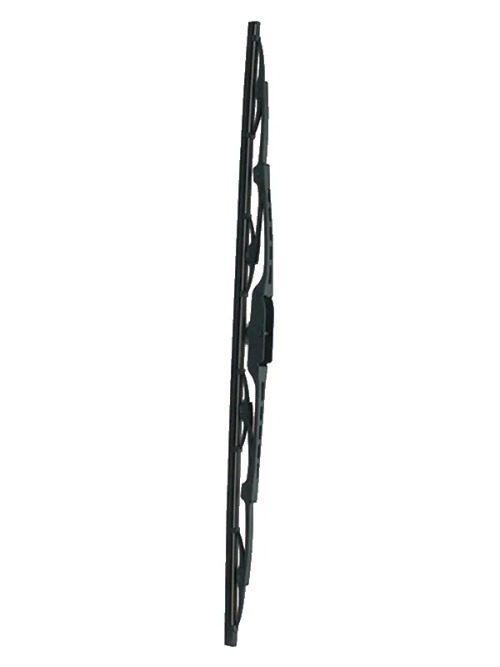
Future development direction: green environmental protection and high integration
Looking to the future, the rear wiper industry will continue to focus on the research and development of green environmental protection materials, promote the application of degradable and recyclable materials in wiper blades and related components, and reduce environmental impact. At the same time, highly integrated design will become an important direction of technological innovation, and the rear wiper will be more closely integrated into automotive electronics and intelligent driving systems to improve the overall vehicle intelligence level.
The promotion of standardized and modular design will also bring more convenience to the industry, reduce production costs, improve compatibility and maintenance convenience, and promote the steady expansion of the market scale.
The continuous innovation of rear wiper technology not only significantly improves the cleaning efficiency of the vehicle's rear window, but also provides a solid foundation for ensuring driving safety and user experience. With the deep integration of materials and intelligent control technology, the rear wiper market will usher in a broader development prospect in the future.


 English
English  中文简体
中文简体 

